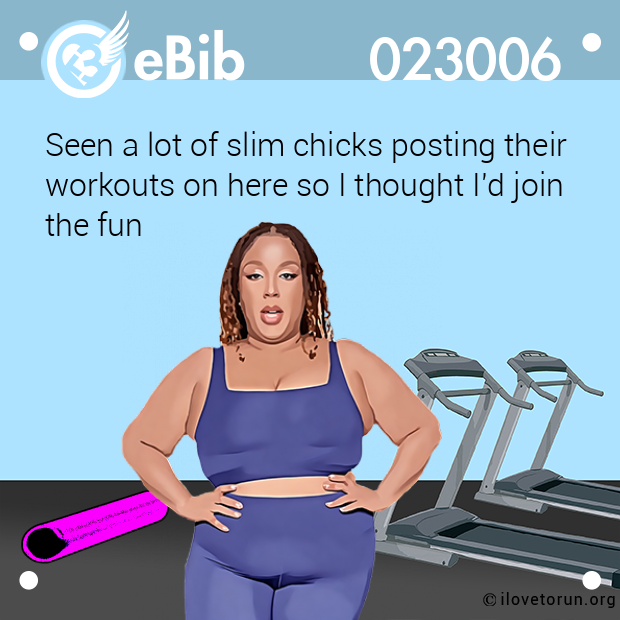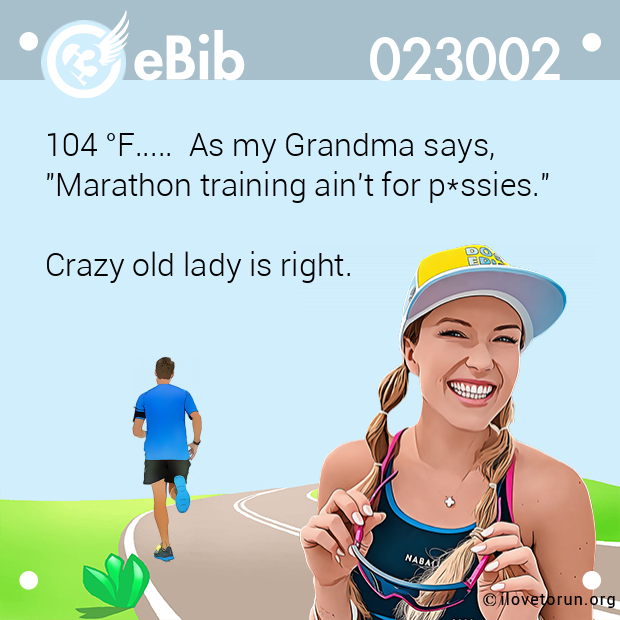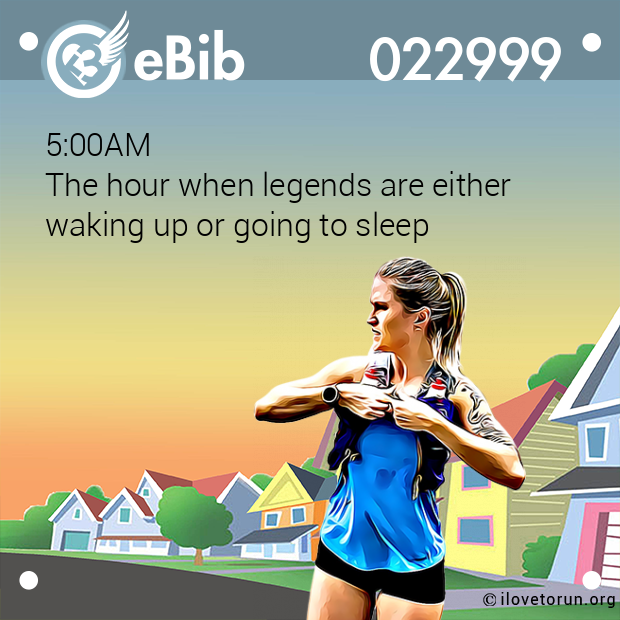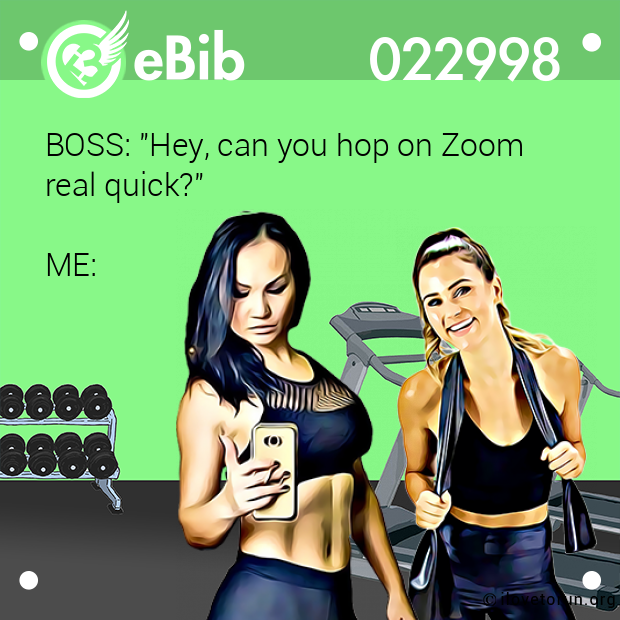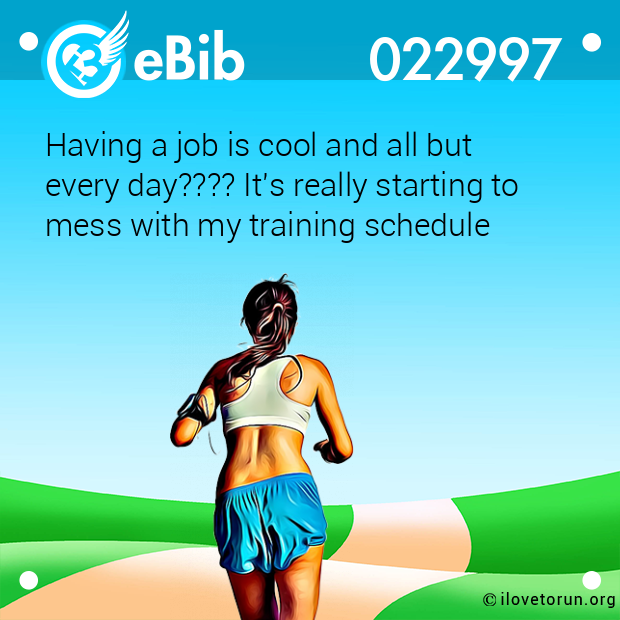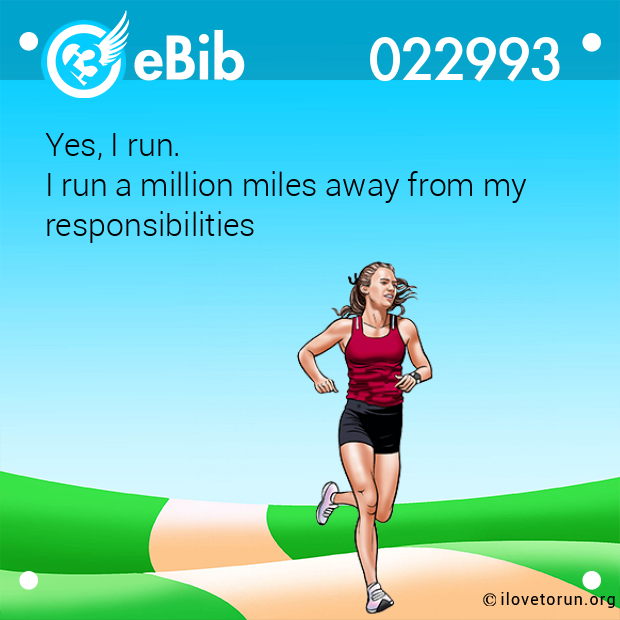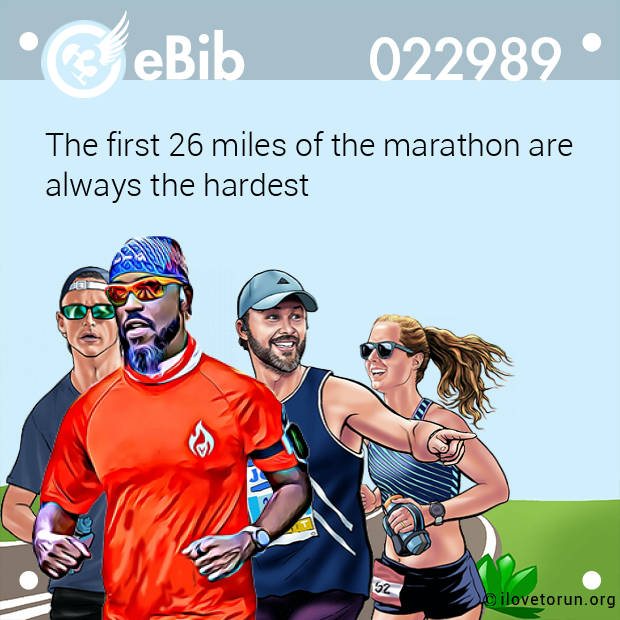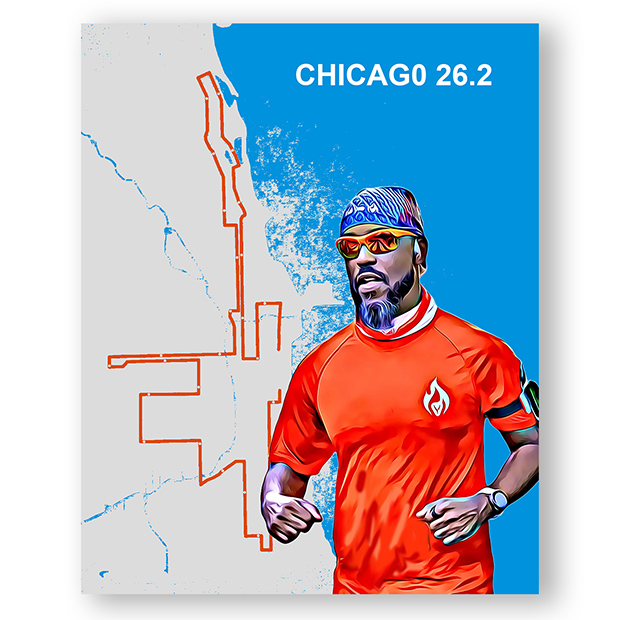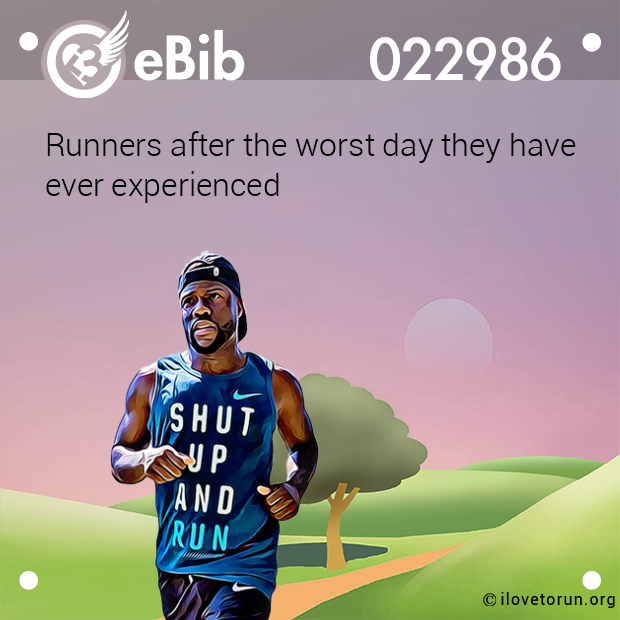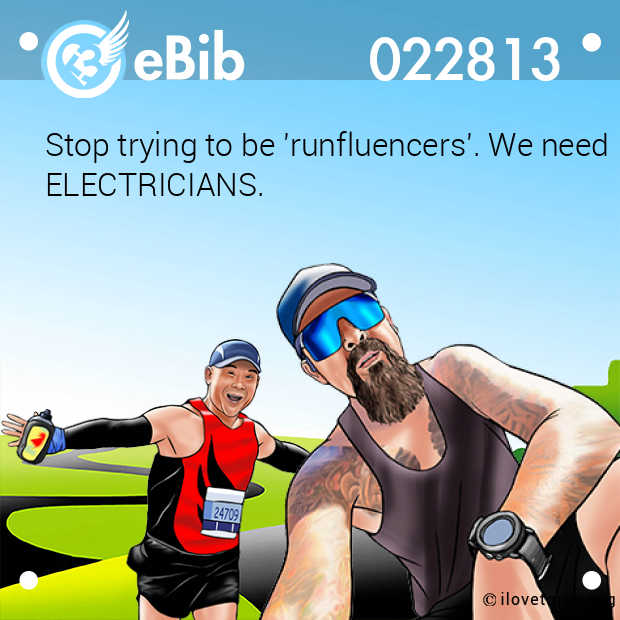
You ran your first half marathon. Did you get the “this is amazing” feeling at the end? What were some of the emotions going through your mind at the finish? I’m going to guess that if you are interested in running your second race, that you’ve caught the running bug! Go out there are give it everything you’ve got and, above all, enjoy race number two!
Maybe you’re not ready to incorporate every tip on this next race, but try even one small change and it might make a big difference.
1. Training Plan – Follow a 12 to 16 week training plan. I recommended Runner’s Connect (you can purchase individual plan or have continuous support by joining a 16 week plan that comes with group and coach support for the 16 weeks you are training) and if you’re on a budget, I found the book Run Less Run Faster to be helpful when I first started running.
2. Pre-Race Nutrition – What I mean by pre-race is having a nutrition plan during your 16 weeks of training and what to eat the days leading up to your race. I am extremely fond of the book New Rules for Half Marathon and Marathon Nutrition by Matt Fitzgerald for both Pre-race and Race Day nutrition.
3. Core and Strength – In order to increase your speed, you will need to incorporate strength work into your training plan. If you decided to go with Runner’s Connect, they have a plan established for you. I found it it to be very effective.
4. Race Day Nutrition and Hydration Plan – Both Runners Connect and The New Rules of Half Marathon Nutrition by Matt Fitzgerald go into how to calculate the right amount of calories and fluid you will need on race day. You will need to modify your plan if the temperatures are high.
5. 3 Key Workouts – If you decide not to go with a plan, you’ll need to do three key workouts a week. One interval or track workout, a Tempo run, and a Long run.
6. Sleep – One of the most important aspects of training is getting enough sleep. Try to be more disciplined about getting to bed at a decent hour. Not only does your body need rest to recover from those tougher workouts, but getting enough sleep gives you the energy to get through them as well.
7. Base Building – If you plan ahead and start running before your 16 week training plan, then you should establish a very nice base of fitness to enter into a more challenging training cycle. Base building still includes your three key runs, but at a much easier pace than during your 16 week training cycle.
8. Anti inflammatory foods – Some studies suggest that eating foods that reduce swelling in the body aids in the recovery process. The quicker you can recover from one workout, the better and stronger you will be for the next.
9. Foam Roll – Invest in a good Foam Roller! Rolling out your body increases blood flow to those areas and, again, aids in the recovery process. 3 Foam Rolling Exercises by Jenny Hadfield
10. Schedule a massage – If you can afford it, investing in a massage, even if it’s once a month, aids in recovery. Recovery might be the single most important part of training for a big race.
11. Establish a time goal – It could be that you’d like to finish without walking, or it might be to finish in 2 hours. Whatever your goal is, it’s good to have one. However, have a Plan B, you never know what can unfold come race day. It’s always good to have a second, and even third, goal in your mind to eliminate disappointment. Example: your goal might be to finish without walking, but at mile 10 you have stomach issues… it’s okay to walk, make your plan B to finish.
12. Dress accordingly – Everyone is a little different in this department, but the rule I use is to find out the temperature on the day of your race and add 20 degrees. Example- it will be 60 degrees out on the day of your race, dress as if it’s 80 degree’s. Wear throw away clothes at the start when you aren’t running and it’s cold. Most races have a donation bucket you can toss these items in.
13. Prepare yourself mentally – Don’t make the mistake of thinking it will be a breeze from start to finish. It’s probably going to be uncomfortable at some point, but it’s best to not let the discomfort get the best of you.
Okay, I think that wraps it up. This may seem overwhelming, so even if you incorporate just one or two of these tips into your next Half Marathon, you’ll see a big difference.
Posted with Permission From Run Wiki

